How To Recognize and Recover from An Unusual Attitude
Northstar VFR
JUNE 8, 2025
Wake turbulence hit me in the air, and it felt like I had been T-boned from the left side. Environmental Factors Turbulence : Turbulence from wind shear, mountainous terrain, thunderstorms, or microbursts can put your aircraft into an unusual attitude.

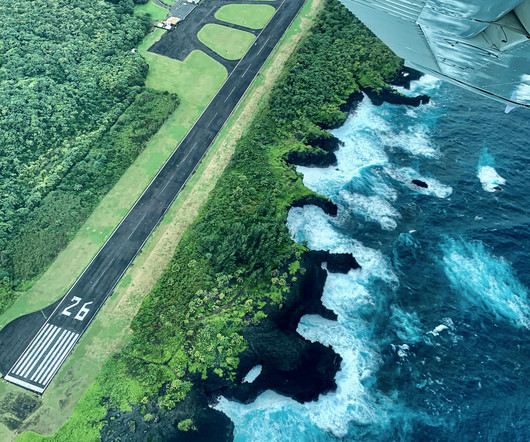




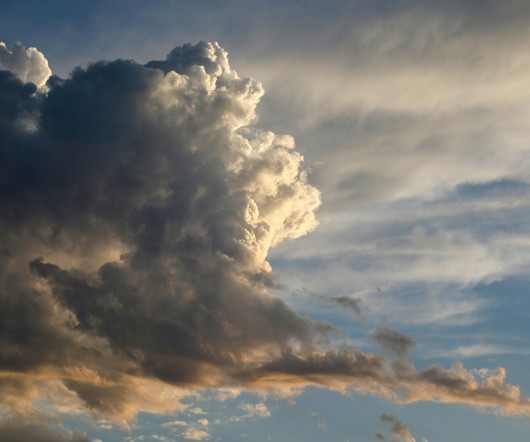

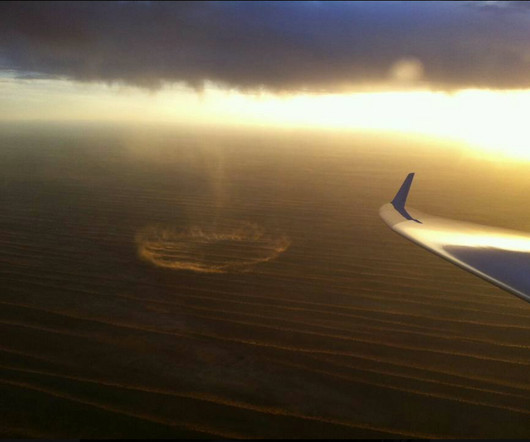
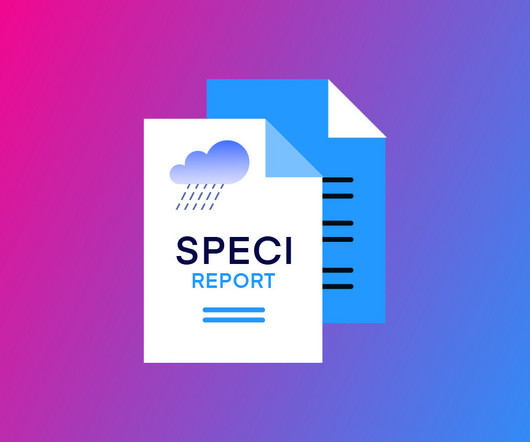
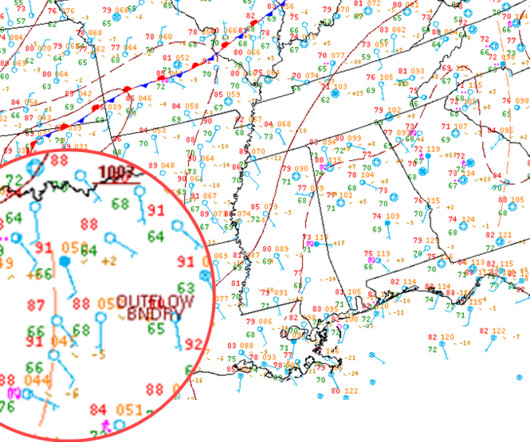








Let's personalize your content